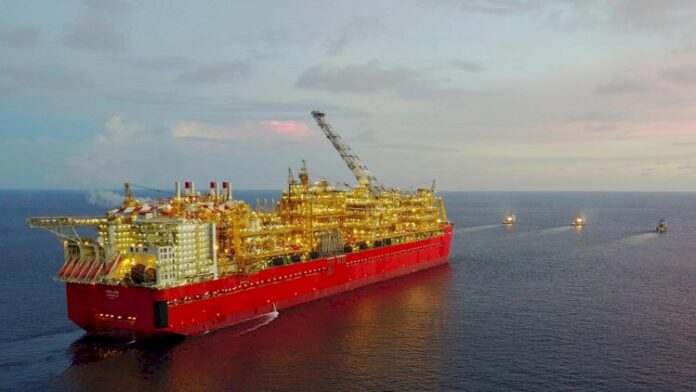Silverstream Technologies has announced the signing of a landmark framework agreement for retrofit installation of the Silverstream® System on some of the vessels in the Shell International Trading and Shipping Company Ltd. (“Shell”) LNGC fleet.
The agreement will see Shell and Silverstream develop a close working relationship for the design, engineering, procurement, and execution of the Silverstream® System.
The new framework will enable Shell to expedite the installation of the technology on Shell’s LNGC fleet. Initially covering the next three years, the framework will ultimately reduce contract lead times and the total cost of ownership for vessel operators.
Today’s announcement marks the next step in the longstanding relationship between Silverstream and Shell. Tracing their relationship back to 2014, Silverstream and Shell have collaborated on a number of vessel performance studies and landmark sea trials to fully understand and verify the savings potential of the Silverstream® System.
In-operation trials have proven that the Silverstream® System reduces fuel consumption and associated emissions by between 5-10%, depending on vessel profile.
Noah Silberschmidt, CEO, Silverstream Technologies, added:
“Today’s announcement marks a significant next step for Silverstream. Shell has been a longstanding and important partner for our organisation, and strengthening this relationship will help to drive clean technology uptake within a crucial market segment.
That is why signing this framework agreement today makes sense. Given the rate of change within our industry, we hope that this will prove to the sector that retrofitted clean technologies such as the Silverstream® System are easy to procure and execute, and should form an integral part of an overall GHG emissions reduction strategy for existing vessels and fleets.”
The Silverstream® System reduces fuel consumption and associated emissions by creating a carpet of microbubbles that coat the entire flat bottom of the vessel. This carpet reduces frictional resistance between the hull and the water. The technology works in all maritime conditions, is not weather dependent, and does not constrain or negatively impact the normal operational profile of the vessel.



